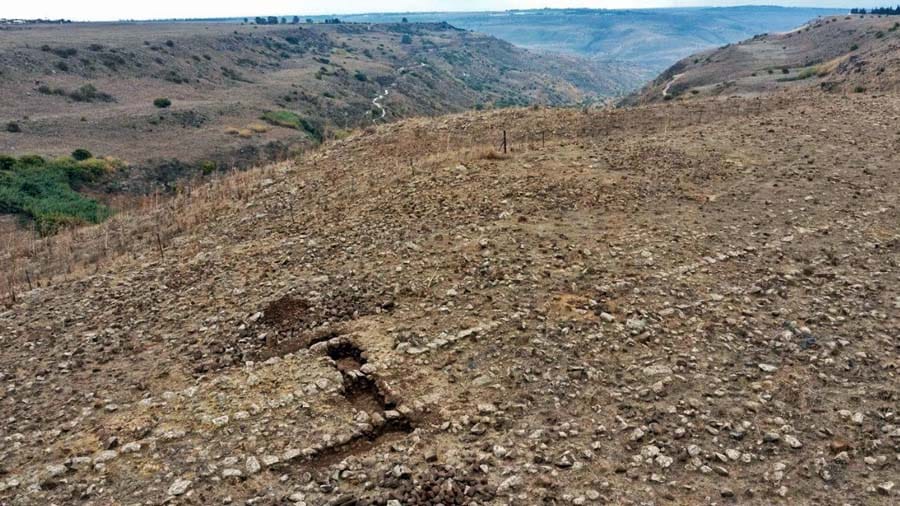This post is for subscribers only
Sign up now to read the post and get access to the full library of posts for subscribers only.
Sign up now Already have an account? Sign in
Sign up now to read the post and get access to the full library of posts for subscribers only.
Sign up now Already have an account? Sign in